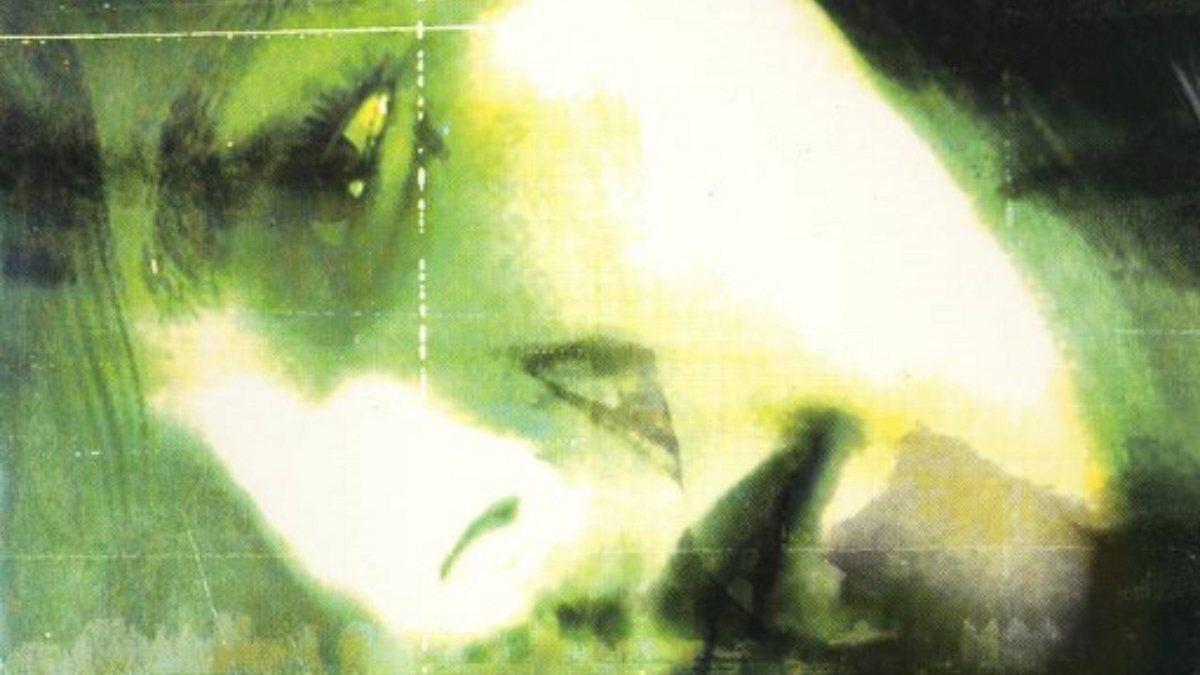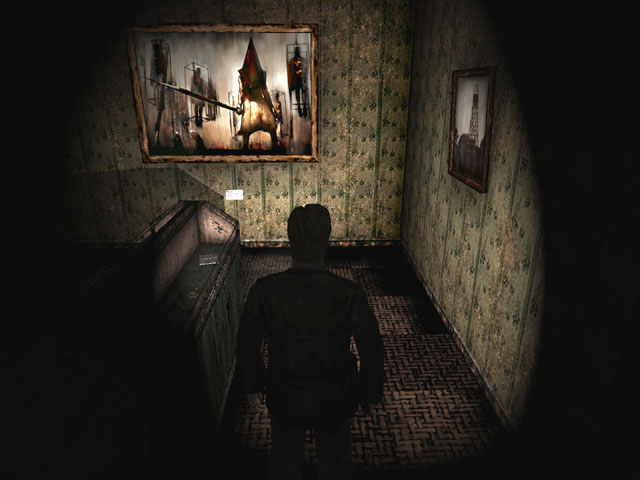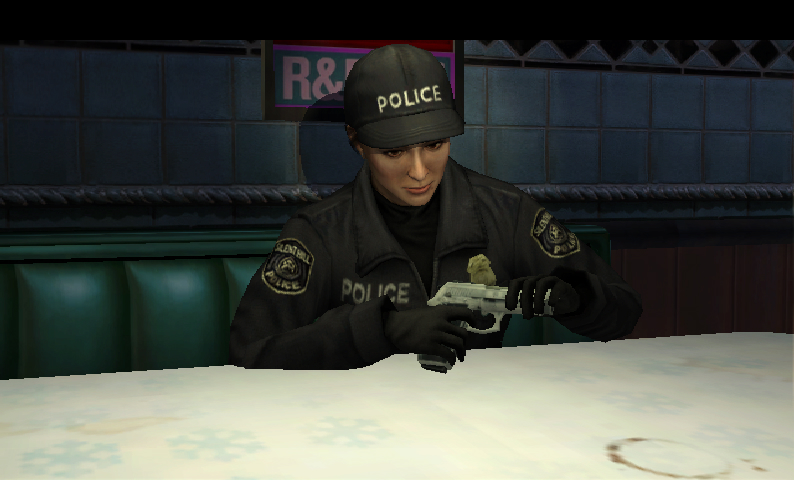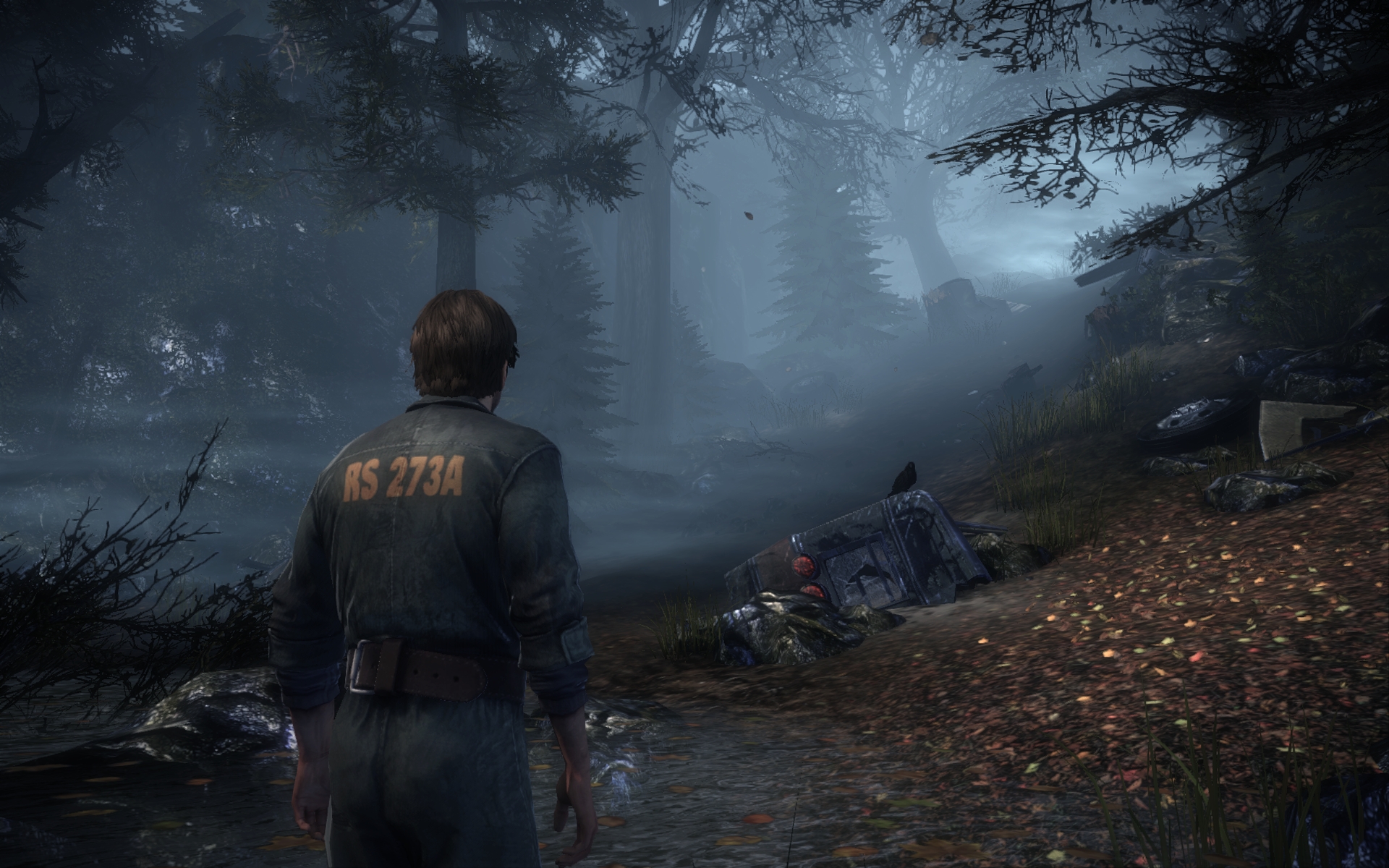Why Silent Hill belongs on PC

It’s a goddamn Resident Evil renaissance. In recent years Resident Evil 4 has been remade for PC (it works this time!), Resident Evil 5’s Gold Edition came to Steam, the original from 1996 received another HD remaster, and next year Resident Evil Zero will arrive on PC as well. It’ll be nice to have the option to replay that one without having to date someone who owns a GameCube. But happy as I am to see so many classic Evils that are Resident getting spitshined for a platform I don’t have to hunt for memory cards to use, there’s a part of me wishing it was Silent Hill receiving this treatment instead.
Silent Hill’s beginnings owe a lot to Resident Evil. It was initially conceived by Konami as an attempt to replicate the Capcom series’ success outside Japan–the nods to American horror like Jacob’s Ladder and Stephen King’s story The Mist are there because Silent Hill was intended to appeal to the US market, but they came filtered through Japanese sensibilities and were all the weirder for it. Silent Hill’s surprisingly coherent mythology takes the traumatic backstories characters in American horror fiction routinely suffer from and uses them to inspire its monstrosities, grounding them in psychological suffering.
That was best demonstrated by Silent Hill 2, still a fan favorite, which was ported to PC in 2002. Having played the PS2 original and the HD remake on 360, the PC version is easily the best. It has the bonus level that lets you play as side-character Maria, missing from some versions of the original, and the ability to quicksave. You might think quicksaving would make it less frightening, but what’s scary about Silent Hill 2 is its oppressive atmosphere, not the the worry you’ll get killed and have to re-do a bit.

The PC version also has better textures. You’d expect the 2012 HD remake to have the best visuals, but in rolling back the town’s famous fog to show off an increased draw distance it revealed some distracting failures. The lonely sequence in which you row across foggy Toluca Lake wasn’t as eerie when I could see the water below was a plain white untextured expanse, and monsters weren’t as frightening after I saw one spawn and fall into place as if flung from a catapult.
It’s a shame then that the PC version is so hard to find nowadays. It should be right there on GOG or Steam where I can gift it to my friends, with cloud saves and modern controller support so I can re-install whenever I feel like keeping myself awake all night. But at least Silent Hill 2 got a PC release in the first place, which is more then several other highlights of the series have managed.
The original, for instance, never did. It may have clunky translation and voice acting even by the standards of Japanese games, but that only enhances the first Silent Hill’s resemblance to a B-movie and its ability to surprise you once the backstory starts being revealed, like garish wallpaper flaking away to show the history of bloodstains beneath. Although re-released on PSN, that original game has never been remastered. (Meanwhile the original Resident Evil had two director’s cuts, a GameCube remake, and then a PC remake of the GameCube remake—who, me, jealous?)

It was re-imagined though, into 2009’s Shattered Memories, the best of the series not made by the original team. Its lead designer was Sam Barlow who also created Her Story, and its first-person psychiatric interviews are an obvious resemblance—although here you’re the interview subject. The rest of the game was third-person and one of few to use motion controls effectively. Though given a late-in-the-day PS2 release it was best on the Wii, where the Wiimote doubled as your torch when investigating dark places and your phone when receiving voicemail messages. (They echoed out of the controller’s tiny speaker when held up to your ear, which was intensely creepy.) During chase sequences you used the motion controls to shove enemies off and yank furniture down to make obstacles behind you, while whipping yourself in the face with the cord if you’re as clumsy as me.
The biggest gaming news, reviews and hardware deals
Keep up to date with the most important stories and the best deals, as picked by the PC Gamer team.
Demos for virtual reality games like Edge Of Nowhere make me think the third-person sections of Shattered Memories would suit VR, and newer motion controls–minus my old enemy, the cord–would be a definite improvement. The other reason I’d love to see Shattered Memories remade for VR is that it’s one of the least scary Silent Hill games, and the ability VR has enhance scares might actually kill somebody if applied to something as terrifying as P.T.
Being less scary isn’t a weakness, though. Shattered Memories trades the oppressive fear typical of the series for a rise-and-fall cycle of tension, pacing its chases out with areas in which you’re safe. Knowing the relief you feel at each escape is temporary and the return of its shifting monsters is inevitable means Shattered Memories evokes dread rather than terror, making you worry about things that aren’t there rather than surrounding you with leathery twitch-beasts forever.

Another Silent Hill we never saw on PC was 2012’s Downpour. Hardly the best in the series but also far from the worst, it transformed the town into an open world that would be at home on PC. Remove the transitions between suburbs necessitated by old hardware and you’d have a seamless Silent Hill worth experiencing. Although the main storyline was goofy, Downpour was full of sidequests that surpassed it; it’s basically the Elder Scrolls: Oblivion of Silent Hills. Among the highlights was a quest triggered by a “Have you seen this child?” poster for a missing girl. Go to her address and you find out she was autistic and her mother had set up a system of colored ribbons she could follow to and from school. Follow the ribbons across town and you’ll uncover one of the most chilling stories any survival horror game has told.
We may never get to play Silent Hills, the recently canceled sequel, on any platform. Still, having access to some of the best of Silent Hill’s old glories would be a consolation—and also mean I could finally get rid of all the consoles I keep just to play them on.

Jody's first computer was a Commodore 64, so he remembers having to use a code wheel to play Pool of Radiance. A former music journalist who interviewed everyone from Giorgio Moroder to Trent Reznor, Jody also co-hosted Australia's first radio show about videogames, Zed Games. He's written for Rock Paper Shotgun, The Big Issue, GamesRadar, Zam, Glixel, Five Out of Ten Magazine, and Playboy.com, whose cheques with the bunny logo made for fun conversations at the bank. Jody's first article for PC Gamer was about the audio of Alien Isolation, published in 2015, and since then he's written about why Silent Hill belongs on PC, why Recettear: An Item Shop's Tale is the best fantasy shopkeeper tycoon game, and how weird Lost Ark can get. Jody edited PC Gamer Indie from 2017 to 2018, and he eventually lived up to his promise to play every Warhammer videogame.

